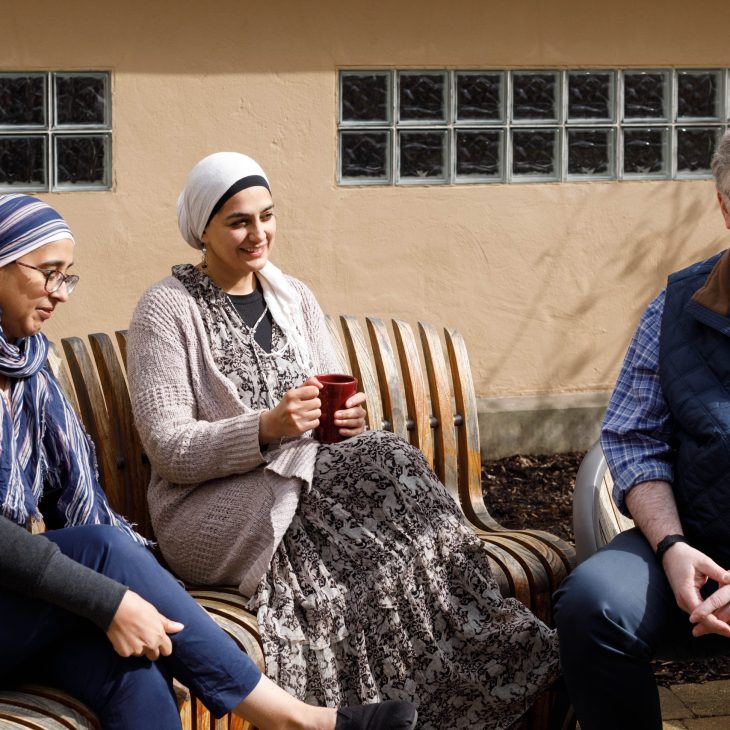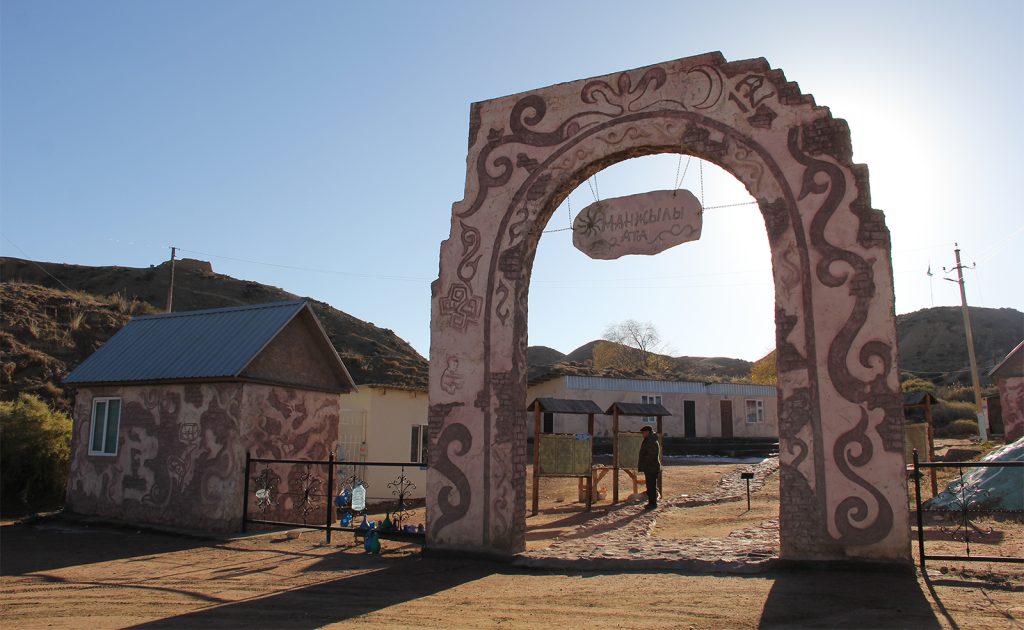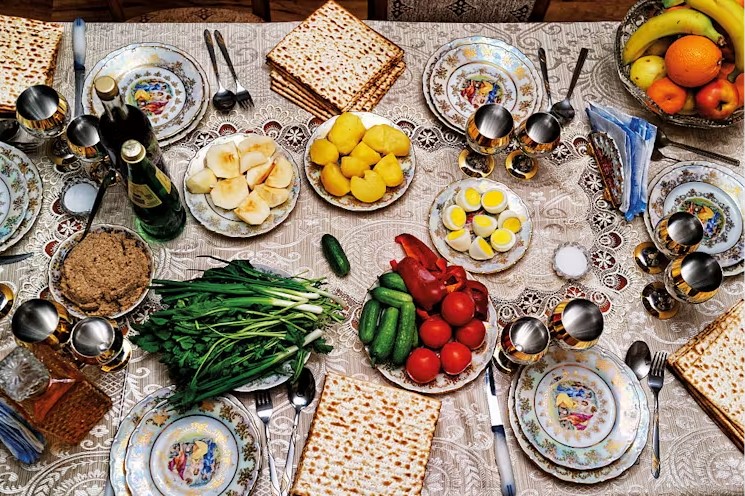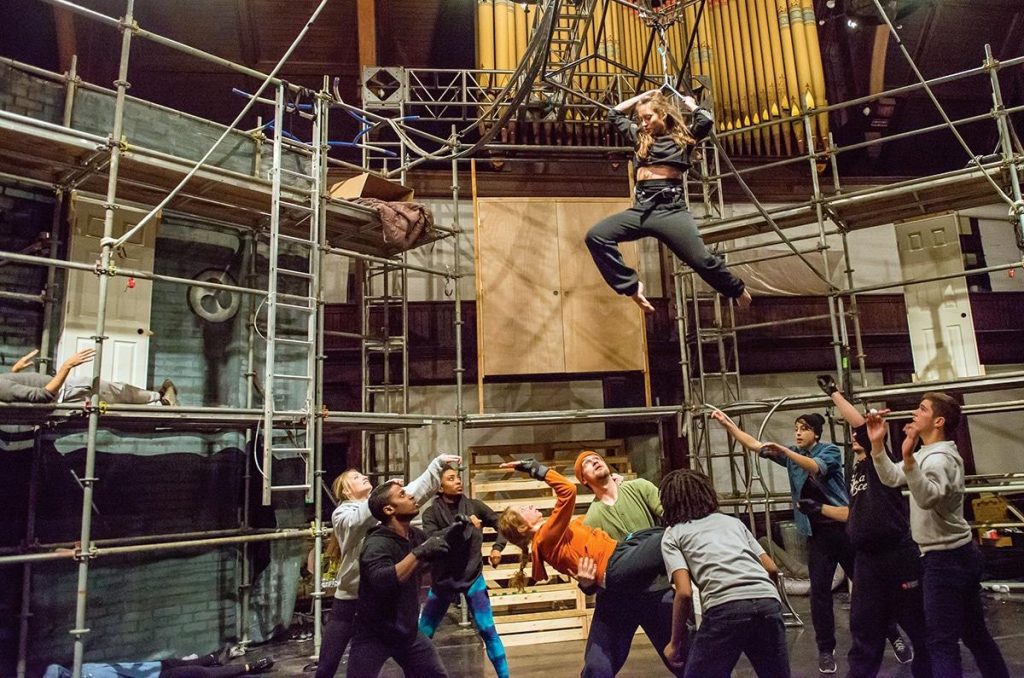Religious Identity at Work, and How to Get DEI Right
March 21, 2023

I’ve read a number of great articles on why companies should care about faith inclusion in the workplace, written a couple articles and spoken on it plenty myself. If you want to understand why it’s important, there’s a lot out there.
Here’s a quick summary: Companies should incorporate religious identity into diversity, equity, and inclusion (DEI) work because it’s an element of identity that can deeply matter to a whole lot of employees, as well as to the communities we live and work in. It can also matter to our customers and have an impact on the products and services we sell. And it can add tremendous value to the inclusive cultures we’re all trying to cultivate in our workplaces … if we do it right.
But how do we do it right? That’s the real question, isn’t it? As someone who’s worked in this space for a number of years with considerable success, the first thing to note is that there is no one right way. Company cultures and norms can be different. The people and personalities vary from one workplace to another. What works for one may not work for another. And secondly, I have some ideas!
If you’re a HR or DEI professional, the below tips are for you: You’re getting more and more requests from religious communities around DEI related things. What do you do?
- Embrace the discomfort and uncertainty. Yes, religion at work can be new and scary and uncomfortable for a number of reasons. I understand the hesitation and caution. But don’t let that deter you from this work. We don’t have to agree with someone’s beliefs or practices to make space for them and treat them with respect. I’ve been a part of so many beautiful, uplifting and incredibly inclusive workplace initiatives centering religious identity, and I can’t tell you how many times I’ve been told, “This is the first time I’ve felt seen and understood here.” There are a lot of resources out there now to help you figure this out. Use them and lean into this work so we can model the behavior we want to see.
- Do your homework. Having a baseline understanding of religious identity, practices, and cultural norms is a critical component to help build trust with the communities you serve. It will help you do your work better. I’ve been in spaces where DEI professionals had assumed a man wearing a turban was a Muslim and had never heard of the Sikh faith before. And I’ve been invited to speak at a DEI conference that was scheduled during the Eid holiday. These are small examples of why basic religious literacy is important. The more you know, the better you’ll be able to approach situations with care. The burden should never be solely on employees from minority or marginalized communities to educate, improve policies, and create accommodations, and that goes for people from diverse faith communities as well. It’s on you, DEI professional! Help lift the burden and dive into learning.
- Be consistent. Religion is just another part of someone’s identity so approach requests around religious identity in DEI the same way you’d approach any other identity group. Does the proposed initiative or employee resource group (ERG) align with your policies? Is it inclusive and does it create belonging? Is it scalable and sustainable? If yes, let’s go! If not, provide support, guidance and options on what can be done, while being honest about what can’t. Creating special rules or exceptions for religious identities in the DEI space, not engaging equitably, or not engaging at all, may cause more harm in the long run. People of faith just want to feel safe and supported so they don’t have to hide or change who they are in order to succeed. Find ways to support them in your existing frameworks, tools and trainings. And if you’re unable to do that, maybe your policies and frameworks need some tweaking (refer to points #1 and #2 above).
If you’re an employee from a particular faith background, and you want to figure out how to uplift your faith community at work, the below tips are for you. When our workplaces ignore our religious identity and experiences, it can lead to frustration, anger, and sadness. (Been there.) You want the same support for your community that you see other’s getting. You want to matter. What should you do?
- Approach with care. It may feel like no one cares about or understands your experiences. Pause. Don’t assume the worst. More often than not, people are just unsure how to address or simply unaware of your needs. And sometimes, they may get it completely wrong. I know it’s hard, I know it can be uncomfortable, but reach out and offer help, if you’re able. Share your insights and provide feedback. Make your voice heard, but remember to be kind. You’ll be surprised how eager most people are to learn about and support you better.
- Be a partner. Relationship building is critical. “How can I help? I have some ideas.” has opened way more doors for me than just sharing grievances or a list of demands. You can go much farther when you approach this work with a collaborative spirit.
- Widen your sense of “we”. (Shout out to Diana Eck.) Don’t just take space, make space. Don’t just speak, listen. Don’t just seek to be understood, seek to understand. This is what I love most about the interfaith spaces I’m in. The world is so divided and polarized, but the spaces we create at work don’t have to be. Our religious identities, beliefs and experiences aren’t minimized when we make space for other identities, beliefs and experiences. We have so much to learn from each other, and the more we listen and make space, the more we realize we’re actually not alone. Finding community and safety with people who look and believe like you is important, but finding that same community and safety amongst difference, that’s powerful.
There’s so much more I can say, and there’s no one right way to engage religious diversity at work, but there is a wrong way – not engaging at all. We’ve all heard some version of this quote by Verna Myers, “Diversity is being invited to the party. Inclusion is being asked to dance.” Religion has been sitting all alone on the bleachers long enough. It’s time to dance.
Farah Siddiqui is a trusted thought leader in interfaith engagement and faith-based inclusion efforts in the workplace. At Salesforce, Farah was the Co-Founder and Global President of Faithforce, the Interfaith Employee Resource Group, which added the lens of religious identity into the diversity and inclusion space. Farah joined the DEI team at Google to continue her work to build and support an amazing culture which elevates and celebrates religious and cultural diversity at work. She is a Interfaith America Sacred Journey Fellow.
Share
Related Articles
American Civic Life
Faith Based Efforts Work in Vaccine Uptake: Now Let’s Make it Easy
American Civic Life
Is This a Time for Bridgebuilding? 5 Leaders in Conversation
American Civic Life



